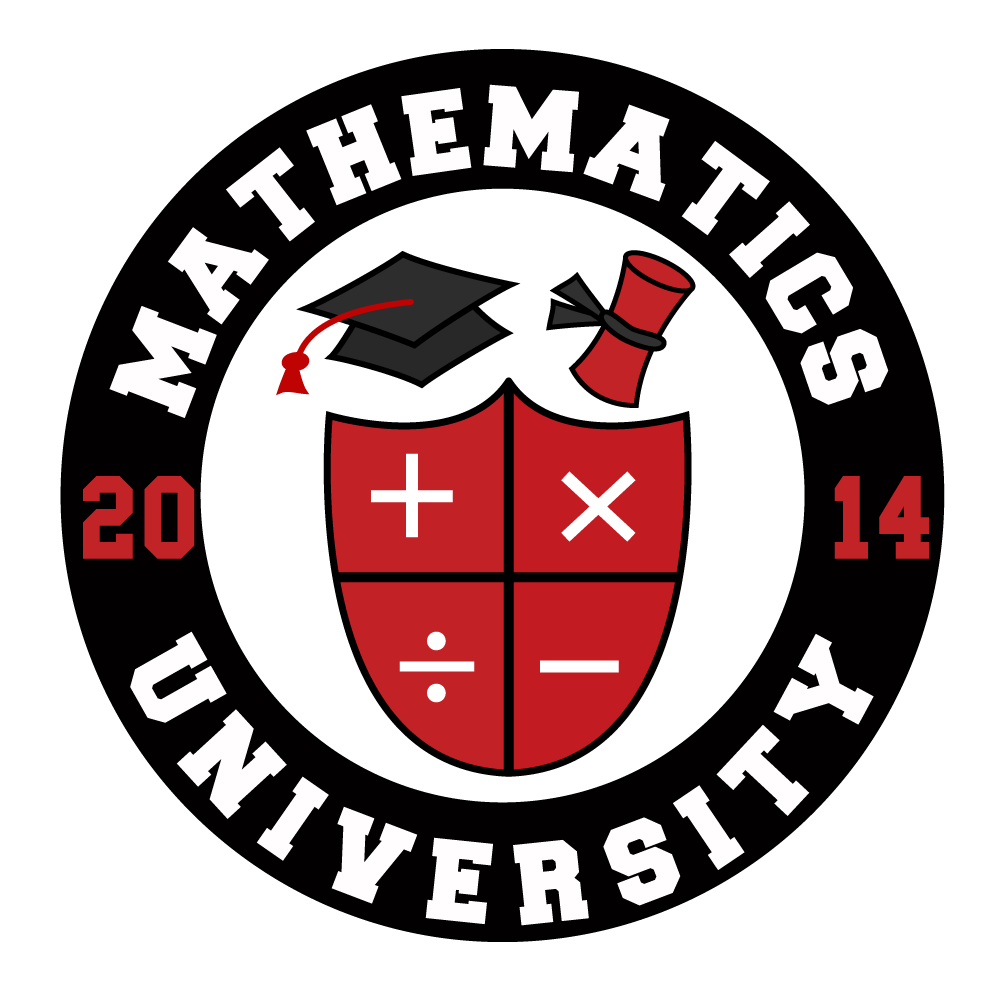
Math University Tutoring
Ida McKenna Phillips
Certified Teacher & Tutor
GEOMETRY INFO

/ TRANSFORMATIONS
UNIT OUTLINE
Linear Figures & Relationships [8/24-25]
Angles and Constructions [8/26-29]
Translations and Reflections [8/31-9/1]
01
This first unit reviews some of the geometry content covered in previous grades but builds upon it with more detailed definitions, in-depth explorations, and other foundational concepts.
We begin by discussing the undefined building blocks of Euclidean geometry and their properties. Then we review transformations, treating them as functions and comparing their effects on figures. Finally, we investigate congruence as a result of rigid motions.

/ LINES, ANGLES, & TRIANGLES
02
In this unit, students will use build on the basic elements of geometry by exploring relationships between simple geometric figures. These linear and angle relationships will be proven formally and used to solve algebraic problems.
Students will also build upon the definition of congruence developed in topic one by recognizing that congruent corresponding parts can also be used to prove that two figures are congruent.
We will then delve deeper into the properties of triangles specifically, solve problems using these properties, and write proofs using the congruence criteria for triangles.
UNIT OUTLINE
Perpendicular Bisectors [9/27-30]
Parallel & Perpendicular [10/4-5]
Congruence Criteria [10/10-11]
Properties of Triangles [10/17-20]
Triangle Inequalities [10/21-24]
Types of Quadrilaterals [11/6-15]
Parallelogram Proofs [11/14-17]
Special Parallelograms [11/16-21]
Kites and Trapezoids [11/18-28]
UNIT OUTLINE
Quadrilaterals provide an opportunity for students to use the line and angle relationships they've discovered in past topics to differentiation and describe properties that make different types of quadrilaterals unique. They will also use congruent triangles to prove these properties, and use these properties to solve problems.
Students will also put quadrilaterals into the context of the coordinate plane and use coordinates to prove relationships and properties that can classify the figure.
03
/ QUADRILATERALS


/ SIMILARITY
04
Similarity is another property of figures created by transformations, so this topic gives students a chance to review the previously discussed transformations. We will distinguish between rigid and non-rigid transformations and determine the effects that these transformations have on geometric figures.
We will then use transformations to define and determine similarity of geometric figures. Students will use dilations to verify similarity and use the proportional relationships within similar figures to solve problems.
UNIT OUTLINE
Similar Figures [12/8-9]
Similarity Criteria [12/13-14]
Proportional Triangles [12/15-16]

/ TRIGONOMETRY
05
Trigonometry is the relationship between angles and sides of right triangles. We will review properties of right triangles and practice using sine, cosine, and tangent to find missing angles and sides of right triangles.
UNIT OUTLINE
UNIT OUTLINE
Similarity is another property of figures created by transformations, so this topic gives students a chance to review the previously discussed transformations. We will distinguish between rigid and non-rigid transformations and determine the effects that these transformations have on geometric figures.
We will then use transformations to define and determine similarity of geometric figures. Students will use dilations to verify similarity and use the proportional relationships within similar figures to solve problems.
06
/ CIRCLES
